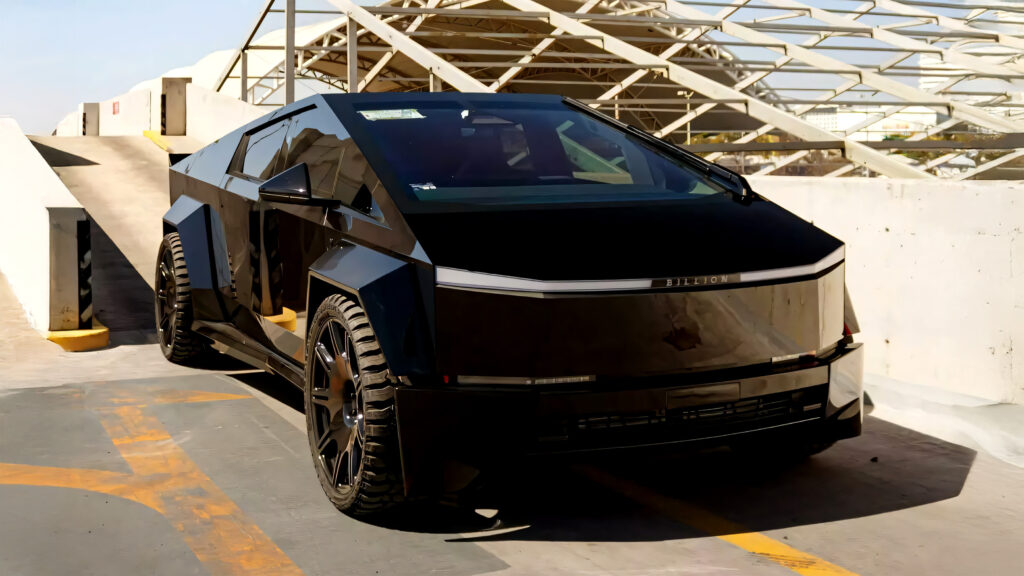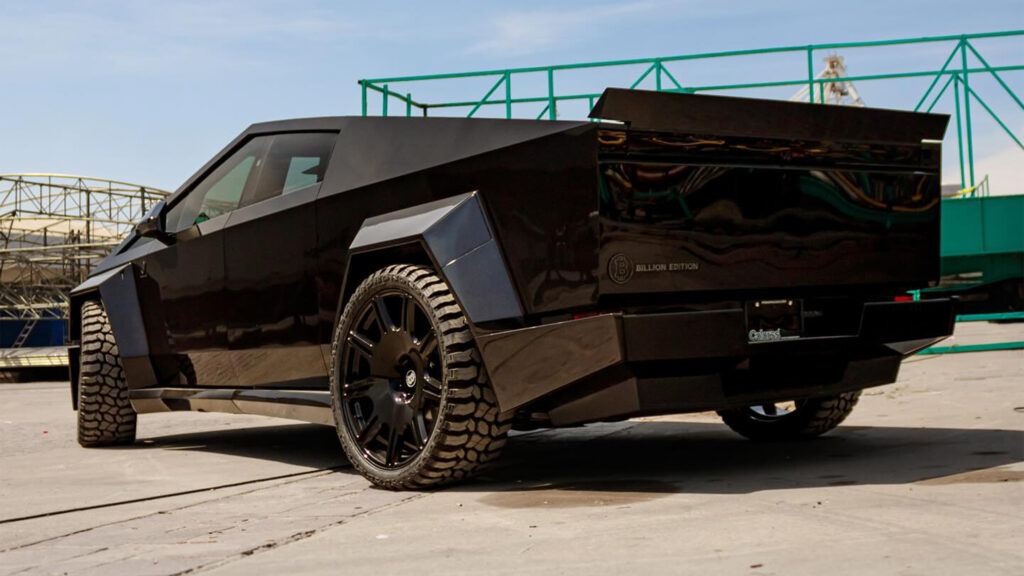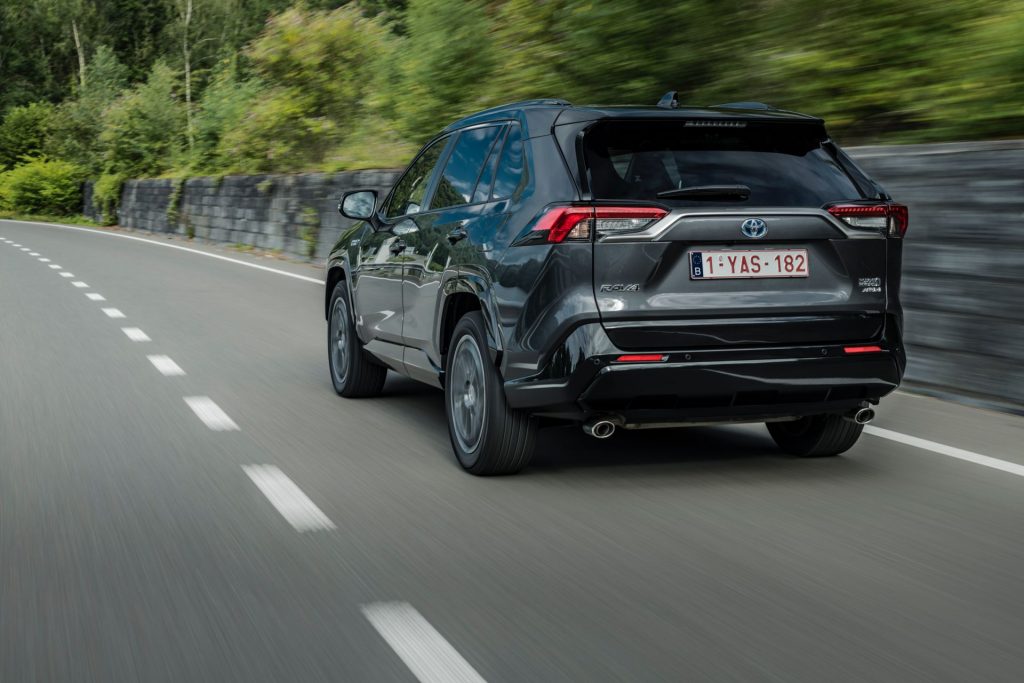Ms. Borchert,
Thank you for the opportunity to provide written comments in response to the New Mexico Environment Department’s (NMED) draft of the Clean Transportation Fuel Program (CTFP) rule. Growth Energy is the world’s largest association of biofuel producers, representing 97 U.S. plants that each year produce more than 9.5 billion gallons of renewable fuel; 123 businesses associated with the production process; and tens of thousands of biofuel supporters around the country. Together, we are working to bring better and more affordable choices at the fuel pump to consumers, improve air quality, and protect the environment for future generations. We remain committed to helping our country diversify our energy portfolio in order to grow more green energy jobs, decarbonize our nation’s energy mix, sustain family farms, and drive down the costs of transportation fuels for consumers.
We applaud New Mexico’s efforts to reduce carbon emissions through the CTFP. Growth Energy has previously provided extensive comments on similar programs in California, Washington, and Oregon, ensuring those states recognize the carbon reduction value of
increased bioethanol use. In California, biofuels have been among the largest contributors to the success of the LCFS program to date and are poised to continue to do so with appropriate updates to the program. Additionally, as mentioned in the June 28, 2024 Advisory Committee meeting, bioethanol has been a significant credit generator in the Oregon and Washington programs. Like those states, we believe the CTFP has the opportunity to utilize biofuels as a means of immediate greenhouse gas (GHG) reduction in the current light-duty vehicle fleet as future technologies are further developed.
Environmental Benefits of Bioethanol
According to recent data from Environmental Health and Engineering, today’s bioethanol reduces GHG by nearly 50 percent compared to gasoline and can provide even further GHG reductions with additional readily available technologies. The potential for fuels with higher blends of ethanol to reduce GHGs are further illustrated in a national analysis showing more than 146,000 tons in GHG reduction in New Mexico alone if E10 gasoline was replaced with E15. This is the GHG reduction equivalent of removing 32,000 vehicles from New Mexico’s fleet just by using a higher ethanol-blend fuel.
Bioethanol’s other environmental benefits are also noteworthy. As has been researched by the University of California, Riverside and the University of Illinois at Chicago, the use of more bioethanol and bioethanol-blended fuel reduces harmful particulates and air toxics such as carbon monoxide, and benzene.
Use of GREET for Life Cycle Analysis Modeling
We applaud NMED for the use of the Argonne National Laboratory’s GREET model, with parameters specific to New Mexico, to calculate life-cycle emissions of fuels subject to the CTFS. ANL GREET is the most accurate tool to examine the life-cycle greenhouse gas emissions of all fuels and considers a wide range of carbon reduction processes and technologies that bioethanol production can utilize. It is the gold standard for measuring the emissions-reducing power of farm-based feedstocks and biofuels and incorporates up-to-date science that more accurately scores lifecycle carbon intensity (CI) for corn bioethanol and other renewable fuels.
Appropriate Land Use Change Penalties
As has been reiterated throughout the Advisory Committee’s public meeting process and in our previous comments, biofuels have been a major driver of GHG reductions in existing fuel standard programs. They have been able to be so despite onerous, and we believe unnecessary, land use change (LUC) penalties for cornstarch bioethanol of varying values, including 19.8 gCO2e/MJ in California’s Low Carbon Fuel Standard. This penalty was designed to mitigate purported land use change with respect to cornstarch bioethanol’s production. We believe these scores to be outdated and not based on the most up to date research. A review of more recent science indicates a decreasing trend in land use values with the newer data indicating values closer to 4 gCO2e/MJ.
Concerns over land use change for cornstarch bioethanol are unfounded. The United States is planting grain corn on roughly the same number of acres as it was in 1900. At the same time, the per acre yield has increased more than 600%. We urge NMED to reconsider the application of a 19.8 gCO2e/MJ LUC penalty for cornstarch bioethanol, consider data based on more recent research and apply a LUC penalty that is reflective of that data.
Expanding E15 and Higher Blends
Emissions reductions through the use of E15, often marketed as Unleaded 88, also come with meaningful consumer cost-savings. During the summer of 2024, drivers saved 10 to 30 cents per gallon by filling up with Unleaded 88 compared to regular, or E10. In some areas, Unleaded 88 saved drivers as much as a dollar per gallon at the pump.
Consumers have embraced E15’s reputation as a more environmentally beneficial, more affordable fuel. Since the US EPA approved E15 in 2011, at which time there were zero retailers offering it, its availability rapidly expanded to what is now more than 3,714 retail sites in 33 states. Since then, drivers in America have relied on E15 to drive 140 billion miles.
Clarifying Carbon Capture and Sequestration
Bioethanol producers constantly make improvements to their production process, increasing economic efficiency and more importantly, reducing CI. Among the newest tools bioethanol producers are utilizing to reduce CI is carbon capture utilization and sequestration (CCUS). The latest research conducted by the Energy Futures Initiative (EFI) Foundation shows that just the use of CCUS in bioethanol production can reduce its CI by as much as 57%, demonstrating the critical role CCUS plays in bioethanol’s path toward becoming a net-zero fuel. We applaud NMED for recognizing CCUS as a means for carbon reduction, and appreciate the inclusion of CCUS in certain Tier 2 pathways (Tier 1 fuels using innovative methods or a process that cannot be accurately represented using the simplified calculators used to calculate Tier 1 carbon intensities) novel to New Mexico.
However, given the wording of the draft rules, it could be interpreted in such a way that precludes fuels listed as Tier 2 fuels, such as alternative jet fuel, from utilizing CCUS. As alcohol-to-jet sustainable aviation fuel (SAF) becomes more prevalent, SAF producers will rely on bioethanol, a Tier 1 fuel, with CCUS to reduce CI. This leaves the question of whether SAF produced with a bioethanol pathway utilizing CCUS will be approved as a Tier 2 pathway.
We encourage NMED to clarify this provision, an whether innovative methods such as CCUS can be used in other Tier 2 fuels such as alternative jet fuel. CCUS is an important tool for sustainable aviation fuel (SAF) producers to achieve the carbon intensity reduction necessary to meet our nation’s GHG reduction goals in the aviation sector.
Climate-Smart Agriculture Practices
With the use of the GREET model, we encourage NMED to consider allowing on-farm carbon reduction practices, commonly called climate-smart agriculture (CSA), should also be credited in the CTFS. With GREET’s Feedstock Carbon Intensity Calculator and the USDA’s database of CSA practices, the carbon reduction values can easily be quantified and verified.
Among these practices are the use of cover crops, low or no-till farming, precision fertilizer application, and the use of enhanced efficiency fertilizer. The previously mentioned EFI Foundation study found that those four CSA practices could result in as much as 59% CI reduction for bioethanol. NMED should ensure the inclusion of CSA practices as allowable CI reduction tools for crop-based biofuels.
Allowing Biofuels Producers to Access Crediting for Low-CI Power
Additionally, we continue to advocate for expanded crediting for low-CI power sourcing for biofuels producers through renewable energy certificates (RECs). In the draft CTFP rules, the ability to utilize RECs in a pathway is limited to certain feedstocks. We believe the ability to credit low-CI power sourcing through power purchase agreements should be available to all feedstocks and pathways.
The aforementioned EFI study indicated the use of carbon-free electricity in the bioethanol production process can reduce its CI by 6% while the use of biomass for combined heat and power (CHP) can reduce its CI by as much as 37%. The EFI study suggests biomass CHP can be implemented with minimal costs and it is ready for widespread adoption in the near term.
With bioethanol production occurring entirely outside of New Mexico, the state has an opportunity to become a national leader by encouraging, via the CTFS, the adoption of low-CI power for bioethanol producers in other jurisdictions. We encourage NMED to consider the ability of all fuel pathways to credit low-CI power sourcing in their CI score.
Other Carbon Reduction Processes and Technologies
Below are additional examples of the wide variety of feedstocks and technologies bioethanol producers have available for CI reduction. We continue to encourage NMED to provide crop-based biofuels the widest set of feasible and ready to adopt opportunities for carbon reduction.
Sustainable Aviation Fuel (SAF)
As producers of one of the most scalable feedstocks for SAF production, we appreciate NMED’s attention to development of this key market and the CTFP’s allowance of SAF to generate credits. We encourage NMED to work with SAF producers, biofuel feedstock producers, and airlines to seek ways to accelerate use of these important fuels to help decarbonize the aviation sector.
Thank you for the opportunity to provide input on the draft CTFP proposal. The CTFS will be a critical tool in New Mexico’s decarbonization efforts, and we look forward to working with NMED to ensure the role of biofuels in making New Mexico’s fuel mix more sustainable and help the state achieve its progressive climate goals through the expanded use of bioethanol. Additionally, we are happy to make ourselves available for any questions NMED may have.
The post Growth Energy Comments on New Mexico Clean Transportation Fuel Program appeared first on Growth Energy.









